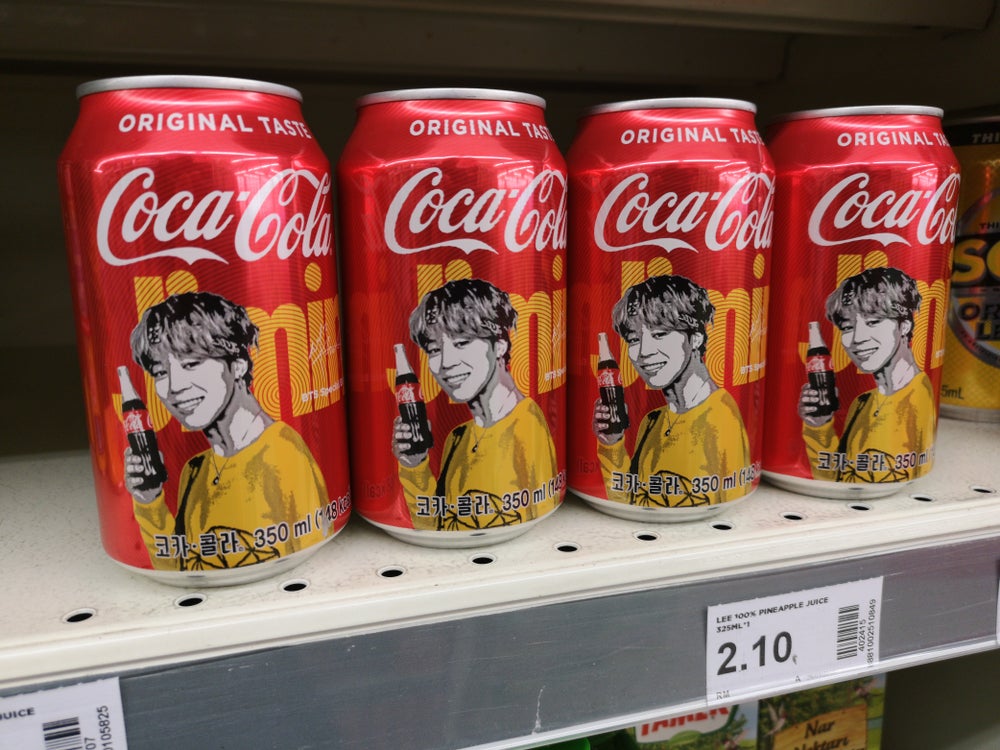In 2006 and 2008, my colleagues and I at Common Sense Advisory conducted two large-scale international surveys to understand language preference on the Web and for software products. The first survey polled 2,430 consumers in eight countries where English is not the primary language, asking them about their attitudes and behaviors toward English-language websites. The second questioned over 350 business buyers, also in eight non-Anglophone countries, about their preferences for buying products that had been localized for their markets.
What we found shouldn’t surprise you. Both consumers and business buyers demand a local language. We found that non-English speaking or consumers with limited English proficiency are 4.8 times more likely to buy products offered and documented in their own languages. Even among English-speaking respondents, 65.5% said they favored local-language products. Most consumers told us they would pay a higher price for a localized product.
Let’s review the things that should be at the top of your list for a global website:
• Aim for technical perfection. Your site should work flawlessly for foreign visitors. At a basic infrastructural level, it should include the ability to display all the characters in a language and respond to errors with messages in the user’s language. Your translated content should appear without blemishes in all major browsers.
• Create an efficient process for all marketing functions. A well-managed localization process will allow you to publish a global website on time in many languages. Efficiency will also save you money. Make sure you work and communicate closely with experts who can make that happen.
• Target the audiences that truly matter. Take into account the total available audience and online GDP values of languages and countries to focus your spend on the larger, economically active online populations. How well does your site do in finding the right people to target? See http://www.e-gdp.com to gauge how well you are doing in this respect.
• Practice search engine marketing. Always test your multilingual keywords for SEO and SEM in global search engines like Google. Keep in mind that local content should show up in local search results, too. It must be somebody’s job to make sure.
• Remember to build a relationship. Prospects who e-mail or register online should be captured in a country-aware CRM, not only to ensure compliance with consumer data privacy laws, but also to allow language and country-specific follow-up. Brand experience may begin on the web, but it shouldn’t end there. And that’s what we’ll look at next month.
That checklist covers the basic of language and the marketing technology elements that support it. Now let’s go back to our consumer and business buyer surveys. Can you guess what our survey respondents said was more important than language? Brand. Yes, the only thing that trumped language in importance for making purchase decisions was brand. More than half the consumers in most countries said they would purchase a global brand without localized information over a little-known product with localized information. Business buyers gave us much the same result, with buyers in all countries but Brazil expressing greater confidence in brand than in language.
Don DePalma is the founder and chief research officer of Common Sense Advisory, and author of “Business Without Borders: A Strategic Guide to Global Marketing.”



